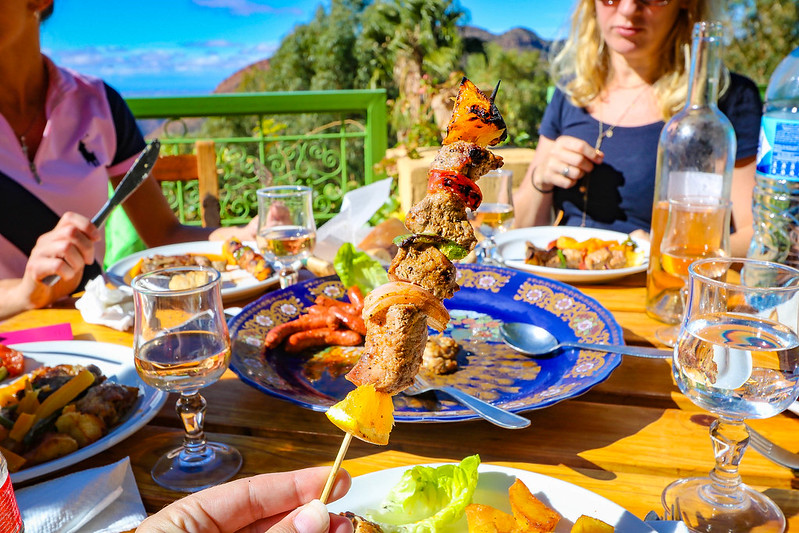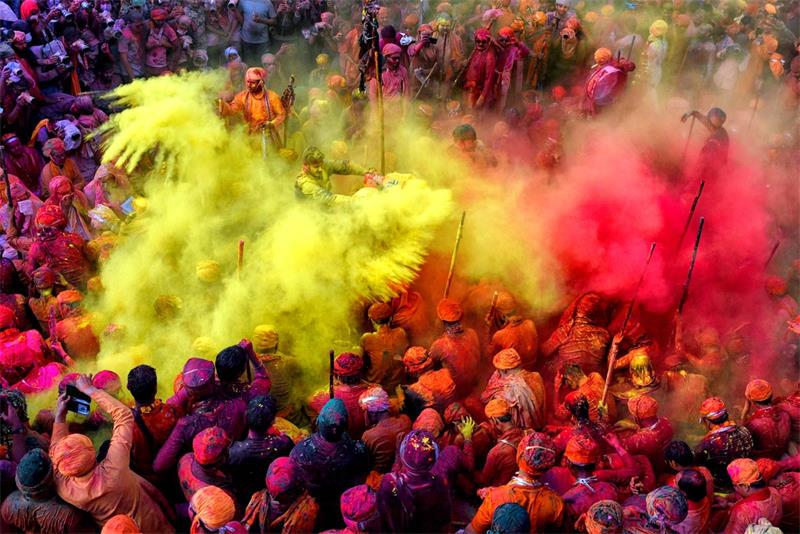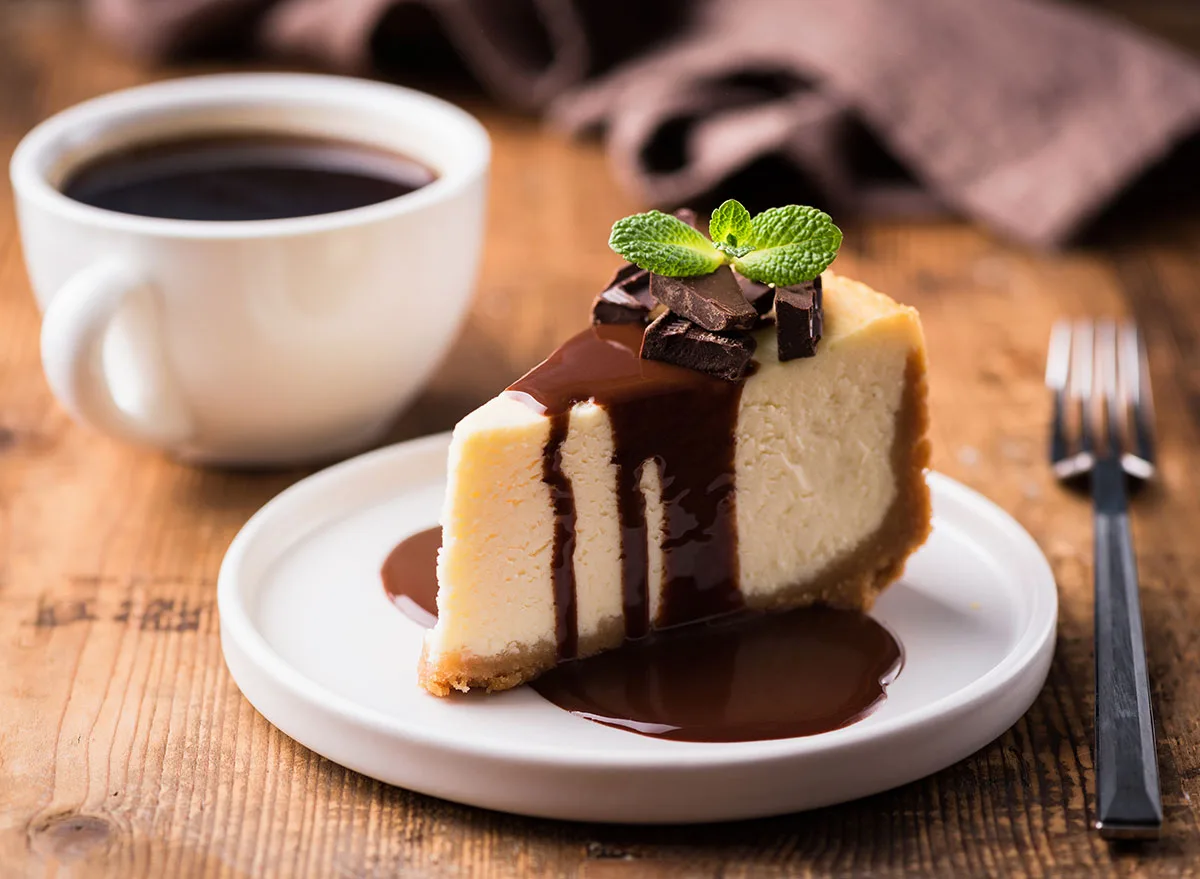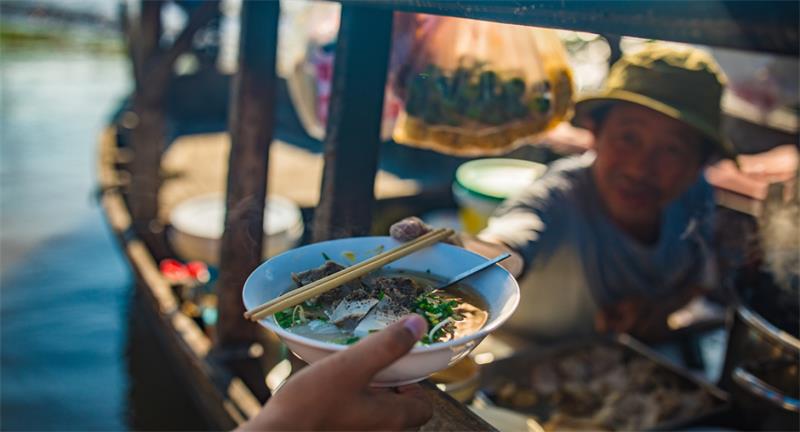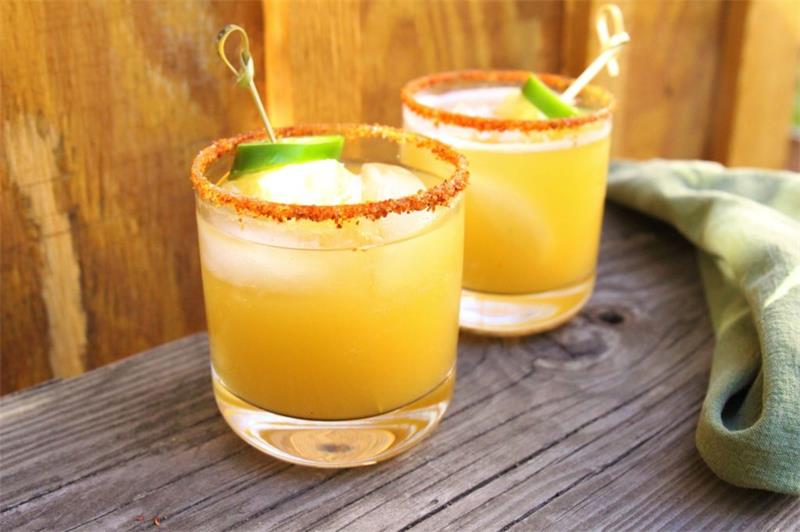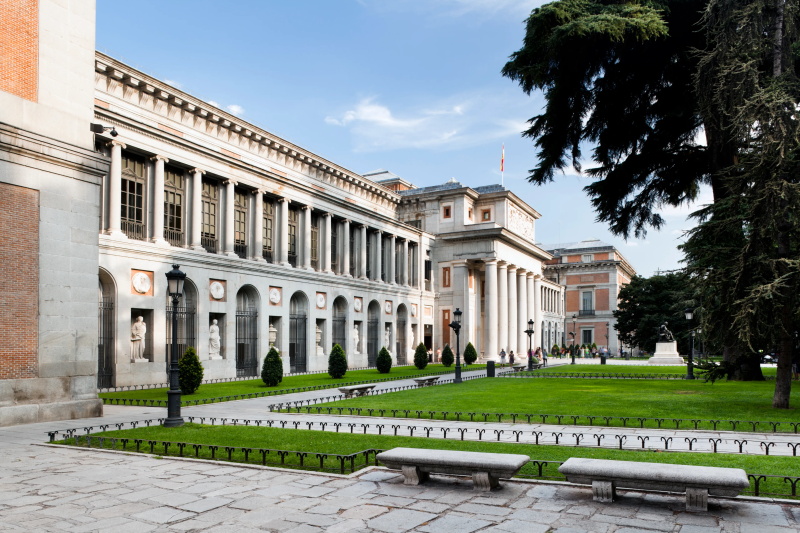Contents
Discovering the Flavors of Morocco
Morocco is a country with a rich and diverse culinary tradition that reflects its history, geography, and culture. Moroccan cuisine is a blend of Berber, Arab, Mediterranean, and African influences that have evolved over centuries. The country’s location on the Atlantic coast and the Mediterranean Sea has made it a crossroads of trade routes for spices and foodstuffs from Europe, Asia, and Africa.
This article will take you on a gastronomic journey to discover 10 delicious dishes that are an essential part of Moroccan cuisine. One of the hallmarks of Moroccan cuisine is its use of spices.
The combination of sweet and savory flavors with aromatic spices is at the heart of many classic Moroccan dishes. Cumin, saffron, ginger, cinnamon, paprika, coriander seed are some examples of commonly used spices in Moroccan cooking.
These flavors create a harmony between different ingredients that makes every dish unique. Moroccan cuisine also celebrates vegetables like eggplant zucchini peppers carrots onions tomatoes which are typically prepared in simple yet flavorful recipes such as tajines or salads.
Meat is another important component but not used as frequently as vegetables due to religious restrictions in certain areas. In addition to its spices and vegetable-based dishes Morocco also offers various seafood options due to the country’s coastal geography which allows for fresh fish caught daily from both the Atlantic Ocean and Mediterranean Sea.
Tagine Dishes
The Slow-Cooked Marvels of Morocco
When it comes to Moroccan cuisine, tagines are the ultimate comfort food. These slow-cooked stews are named after the earthenware pot that they are cooked in, which is also called a tagine.
The pot has a cone-shaped lid that helps to condense steam and return it back to the dish, keeping the meat tender and juicy. Vegetables and aromatic spices complete the dish, resulting in a hearty meal that’s perfect for any occasion.
Tagines can be made with any type of meat or vegetable, but some combinations stand out more than others. If you’re new to Moroccan cuisine and want to try some of the best tagine dishes around, here are three classics that you simply must try:
Chicken with Preserved Lemons and Olives
This mouth-watering dish features chicken pieces marinated in preserved lemons (which have an intense salty-citrus flavor) and green olives. The tagine is then cooked slowly with onions, garlic, saffron, ginger, coriander and cumin until it all forms a sauce-like consistency. The result is a salty-sour chicken that packs a punch of flavor.
Lamb with Prunes and Almonds
Lamb is one of Morocco’s favorite meats for tagine dishes because it soaks up all those delicious spices so well. This particular recipe includes prunes for sweetness and almonds for crunchiness. Cooked together with cumin seeds, cinnamon sticks, ginger powder and honey (to counteract the tartness from prunes), this lamb tagine dish will warm your stomach on chilly nights.
Vegetable with Chickpeas
If you’re vegetarian or just looking for healthier options when dining out in Morocco, this vegetable tagine with chickpeas is a must-try. This dish features a medley of vegetables, like tomatoes, carrots, eggplant and zucchini that are cooked with chickpeas and a range of spices including paprika, cumin powder and turmeric. The end result is a deliciously savory tagine that’s hearty enough to stand on its own or be served as a side dish.
If you find yourself in Morocco, don’t leave without trying at least one tagine dish – they are the perfect representation of Moroccan cuisine. With their slow-cooked meats, aromatic spices and tender vegetables – these dishes are sure to tantalize your taste buds like no other!
Couscous Dishes
Couscous is a staple food in Morocco. It is a small, round grain made from durum wheat that is traditionally steamed and served with a variety of meats, vegetables, and spices. In Moroccan culture, couscous is often eaten on Fridays for lunch with the family.
It’s also commonly served during religious holidays and special occasions. One of the most popular couscous dishes to try in Morocco is lamb with vegetables.
This dish consists of tender pieces of lamb cooked with carrots, turnips, onions, chickpeas, and raisins. The meat is seasoned with a blend of Moroccan spices including cinnamon, ginger, turmeric and paprika which gives it an aromatic flavor.
Another must-try couscous dish in Morocco is chicken with caramelized onions and raisins. The chicken is cooked until it’s fall-off-the-bone tender then it’s mixed together with sweet caramelized onions and plump raisins for an explosion of flavors.
The couscous itself has tiny specks of colored vegetables like bell peppers weaving throughout its golden grains. For vegetarians or those looking for lighter options there’s no better choice than vegetarian couscous dish topped with roasted vegetables such as zucchini squash or eggplant along side sweet potatoes diced finely to mix into the grains.
This flavorful dish will leave you feeling satisfied but not stuffed. Moroccan cuisine wouldn’t be complete without its signature couscous dishes that are rich in flavor but still healthy meals to enjoy alone or share amongst your loved ones.
Pastilla: A Sweet and Savory Delight
Moroccan cuisine is full of delicious surprises, and one dish that truly stands out is the pastilla. This sweet and savory pastry is a staple of Moroccan cuisine, with a rich history that dates back centuries. The dish’s unique blend of flavors and textures makes it a must-try for any food lover visiting Morocco.
So what exactly is pastilla? Essentially, it’s a type of pie made with thin layers of phyllo pastry, stuffed with a mixture of shredded chicken or pigeon meat, almonds, eggs, cinnamon, sugar and saffron.
The filling is then topped with another layer of pastry before being baked until golden brown. Once out of the oven, the pastilla is dusted with powdered sugar and cinnamon to add an extra layer of sweetness.
A History Rich in Culture
Like many Moroccan dishes, pastilla has its roots in the country’s rich cultural heritage. Some believe it was introduced by the Moors who ruled over Spain during the Middle Ages while others believe it was brought over by Jewish immigrants from Andalusia.
Regardless of its origins, there’s no denying that this dish has become an integral part of Moroccan cuisine over time. In fact, it’s often served at special occasions such as weddings and religious holidays.
A Flavorful Blend
What sets pastilla apart from other pies or savory dishes is its unique combination of sweet and savory flavors. The use of cinnamon adds a distinct sweetness to the dish while saffron brings in some subtle notes that complement the rich flavors provided by chicken or pigeon meat. The addition of almonds also adds another layer to this complex flavor profile – they bring in some crunchiness as well as nuttiness to balance out all those spices.
The resulting taste is a delightful mixture of sweet, savory, and nutty flavors that you won’t find in any other dish. When in Morocco, make sure to try this delicious dish at least once – it’s an experience like no other.
The Heartwarming Harira Soup
If you are looking for a soup that will warm you up on a cold day, or one that is full of flavors and spices, then harira soup is the perfect dish to try. This traditional Moroccan soup is often served during Ramadan and other religious holidays, but it can be enjoyed any time of the year.
Harira soup is made with a combination of lentils, chickpeas, tomatoes, onions, celery, and a blend of spices such as ginger, cinnamon, coriander, and cumin. The ingredients are simmered together in a pot until they are soft and tender.
To add more flavor to the soup, some cooks add lamb or beef to the mix. The origins of harira soup can be traced back to the Berbers who were the original inhabitants of Morocco.
They created this hearty dish as a way to break their fast during Ramadan. Today harira has become an important part of Moroccan cuisine and is enjoyed by people all over the world.
The Significance of Harira in Moroccan Culture
Harira has always been an important dish in Moroccan culture because it represents solidarity and community spirit. During Ramadan or any other religious holiday when people gather together for prayer at mosques or private homes; after sunset Muslims break their fast with dates and then enjoy bowls of hot harira soup together before eating their main meal.
In Morocco today harira shops have become popular places where people go to buy freshly made harira that they take home with them for iftar (the evening meal breaking their fast). These small shops are often set up just before Ramadan starts with women making huge pots of harira from early morning till late night to meet demand.
The ingredients used in making harira also have symbolic meanings which make it even more special for Moroccans. For example lentils symbolize wealth while chickpeas represent the interconnectedness of all living things.
The Health Benefits of Harira
Besides being a comforting and delicious soup, harira also has several health benefits. The lentils and chickpeas used in the soup are an excellent source of protein and fiber which helps to keep you full and energized. The spices such as ginger and turmeric have anti-inflammatory properties which can reduce inflammation in the body.
Additionally, harira soup is low in fat, making it a healthy option for those who are trying to lose weight or maintain a healthy diet. With its combination of flavors, nutrients, and cultural significance, harira is truly an iconic dish that represents some of the very best aspects of Moroccan cuisine.
B’stilla: A Sweet and Savory Pastry
If you’re looking for a unique and flavorful Moroccan dish, the b’stilla is definitely worth trying. This dish is a savory pastry that’s filled with shredded chicken or pigeon meat, eggs, almonds, cinnamon, sugar, and saffron. The combination of sweet and savory flavors makes it an unforgettable experience.
B’stilla has been around since the 9th century when it was first introduced by the Arabs who ruled over Morocco at the time. It was originally made with squab (young pigeons), but as time went on, chicken became a more popular filling.
The pastry is traditionally served as an appetizer during special occasions such as weddings or Eid al-Fitr (the end of Ramadan). The b’stilla pastry itself is made from layers of phyllo dough that are brushed with butter in between each layer.
The filling is then placed on top of the dough and covered with another layer of phyllo before being baked to perfection. Once finished baking, powdered sugar and cinnamon are often sprinkled on top to give it that sweet finish.
The Flavors of B’stilla
The combination of flavors in b’stilla is what really sets it apart from other Moroccan dishes. The shredded chicken or pigeon meat adds a savory taste while the cinnamon and sugar give it a hint of sweetness.
Saffron adds an earthy flavor to the dish which helps balance out all the other flavors. Another key component to this dish is almonds – they’re usually slivered and added to provide some crunchiness and texture to each bite.
Overall, b’stilla provides an unforgettable taste experience that you won’t find in many other dishes around the world. If you’re looking for something unique to try during your visit to Morocco – or even if you want to try making it at home – b’stilla is definitely worth trying.
Zaalouk Salad
When you think of Moroccan cuisine, you might not immediately think of salads. But the zaalouk salad is a popular side dish that’s worth trying. The salad is made with eggplant, tomatoes, garlic, cumin, paprika, and olive oil.
The vegetables are roasted or grilled until they’re soft and then mashed together until they form a chunky paste. The result is a flavorful and healthy salad that pairs well with any Moroccan dish.
One of the things I love about the zaalouk salad is how versatile it is. You can serve it as a side dish to tagines or couscous dishes, or use it as a dip for bread or pita chips.
It’s also great on its own as a light lunch or snack. The combination of roasted eggplant and tomatoes gives the salad a smoky flavor that’s complemented by the spices like cumin and paprika.
The zaalouk salad is also quite easy to make at home if you want to try your hand at Moroccan cooking. All you need are some basic ingredients like eggplant, tomatoes, garlic, and spices.
Just roast everything in the oven or grill them until they’re soft enough to mash together into a chunky paste. You can adjust the spices to your liking and add other herbs like parsley or cilantro for extra flavor.
Conclusion
Moroccan cuisine offers an incredible range of flavors and spices that are sure to tantalize your taste buds. From tagines to couscous dishes to soups and salads like zaalouk, there’s something for everyone to enjoy.
One of my favorite things about Moroccan food is how fresh everything tastes thanks to all the herbs and spices used in each dish. If you ever have the chance to visit Morocco or try out some authentic Moroccan recipes at home, I highly recommend it.
Not only will you be able to taste some delicious food, but you’ll also get a glimpse into Moroccan culture and tradition through its cuisine. So go ahead and give some of these dishes a try – you won’t be disappointed!

